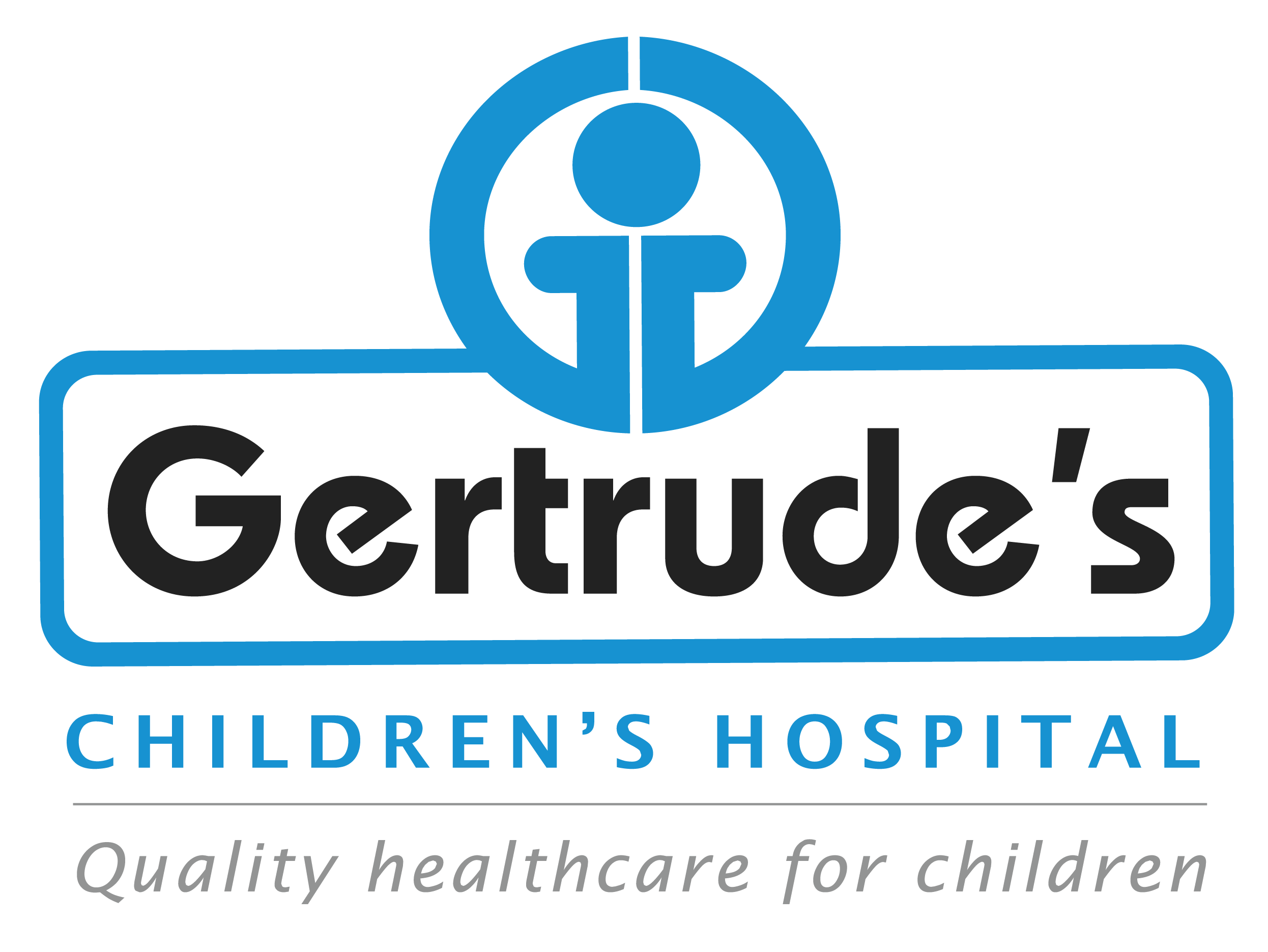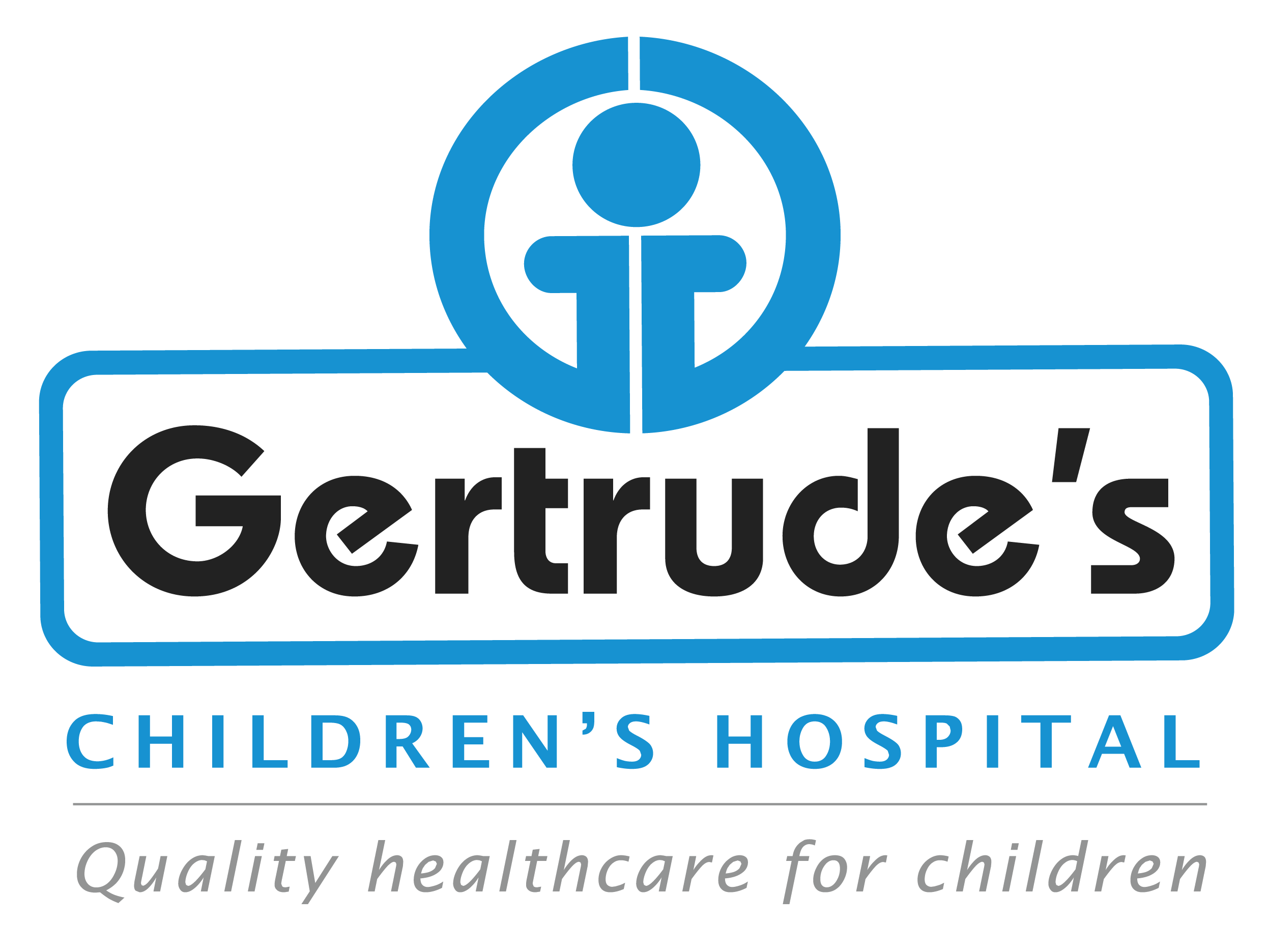Malocclusion refers to the misalignment of teeth and the improper relationship between the upper and lower dental arches when they come together. This condition can lead to various dental problems, including difficulty in chewing, speech issues, and increased wear on teeth.
Types of Malocclusion
Malocclusion is categorized into three main classes:
• Class I (Neutrocclusion):
• The molar relationship is normal, but other teeth may be misaligned, crowded, or spaced improperly. This is the most common type, affecting about 50-60% of young people.
• Class II (Distocclusion):
• Characterized by an overbite where the upper molars are positioned too far forward compared to the lower molars. This can lead to facial changes and functional issues. It has two subtypes:
• Division 1: Protruded anterior teeth.
• Division 2: Retroclined anterior teeth with overlapping.
• Class III (Mesio-occlusion):
• Known as an underbite, this occurs when the lower molars are positioned too far forward relative to the upper molars. This can cause significant functional problems and aesthetic concerns.
• Class I (Neutrocclusion):
• The molar relationship is normal, but other teeth may be misaligned, crowded, or spaced improperly. This is the most common type, affecting about 50-60% of young people.
• Class II (Distocclusion):
• Characterized by an overbite where the upper molars are positioned too far forward compared to the lower molars. This can lead to facial changes and functional issues. It has two subtypes:
• Division 1: Protruded anterior teeth.
• Division 2: Retroclined anterior teeth with overlapping.
• Class III (Mesio-occlusion):
• Known as an underbite, this occurs when the lower molars are positioned too far forward relative to the upper molars. This can cause significant functional problems and aesthetic concerns.
Causes
Malocclusion can arise from a variety of factors:
• Genetic Factors: Hereditary traits can influence jaw size and tooth alignment.
• Environmental Factors: Habits such as thumb sucking, prolonged pacifier use, or tongue thrusting during childhood can contribute.
• Dental Issues: Early loss of baby teeth, extra teeth (supernumeraries), or impacted teeth can disrupt normal alignment.
• Jaw Development: Abnormal growth patterns or injuries to the jaw can lead to malocclusion.
• Genetic Factors: Hereditary traits can influence jaw size and tooth alignment.
• Environmental Factors: Habits such as thumb sucking, prolonged pacifier use, or tongue thrusting during childhood can contribute.
• Dental Issues: Early loss of baby teeth, extra teeth (supernumeraries), or impacted teeth can disrupt normal alignment.
• Jaw Development: Abnormal growth patterns or injuries to the jaw can lead to malocclusion.
Symptoms
Common symptoms associated with malocclusion include:
• Abnormal alignment of teeth.
• Difficulty or discomfort while chewing.
• Frequent biting of the inside of the cheeks or tongue.
• Speech difficulties, such as a lisp.
• Changes in facial appearance due to misalignment.
• Abnormal alignment of teeth.
• Difficulty or discomfort while chewing.
• Frequent biting of the inside of the cheeks or tongue.
• Speech difficulties, such as a lisp.
• Changes in facial appearance due to misalignment.
Diagnosis
Diagnosis typically involves:
• Dental Examination: A dentist will examine the alignment of teeth and jaws.
• X-rays: Dental X-rays may be used to assess tooth positioning and jaw structure.
• Referral to an Orthodontist: If malocclusion is suspected, a referral may be made for further evaluation and treatment options.
• Dental Examination: A dentist will examine the alignment of teeth and jaws.
• X-rays: Dental X-rays may be used to assess tooth positioning and jaw structure.
• Referral to an Orthodontist: If malocclusion is suspected, a referral may be made for further evaluation and treatment options.
Treatment Options
Treatment for malocclusion depends on its severity and type:
• Braces: The most common treatment method that uses brackets and wires to gradually move teeth into proper alignment.
• Clear Aligners: Removable trays that gradually shift teeth into place without the use of traditional braces.
• Surgical Options: In severe cases, surgical intervention may be necessary to correct jaw alignment.
• Tooth Extraction: Sometimes, removing one or more teeth may be required to create space for proper alignment.
• Braces: The most common treatment method that uses brackets and wires to gradually move teeth into proper alignment.
• Clear Aligners: Removable trays that gradually shift teeth into place without the use of traditional braces.
• Surgical Options: In severe cases, surgical intervention may be necessary to correct jaw alignment.
• Tooth Extraction: Sometimes, removing one or more teeth may be required to create space for proper alignment.
Prevention
While some causes of malocclusion are genetic and cannot be prevented, certain measures can help minimize risks:
• Encourage good oral hygiene practices from a young age.
• Monitor childhood habits like thumb sucking or prolonged bottle use.
• Regular dental check-ups can help identify potential issues early on.
• Encourage good oral hygiene practices from a young age.
• Monitor childhood habits like thumb sucking or prolonged bottle use.
• Regular dental check-ups can help identify potential issues early on.
Contact
Please feel free to contact us with any general or medical enquiry by calling us.





